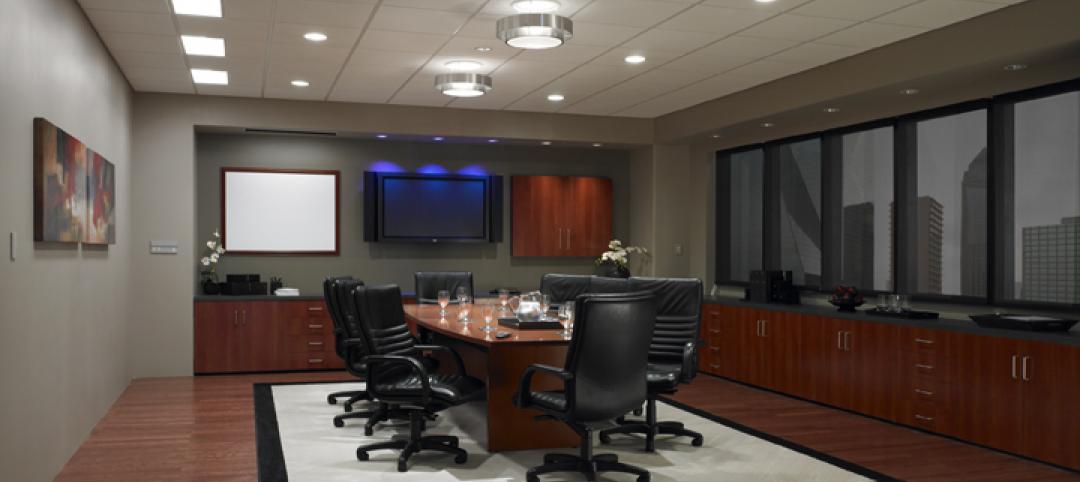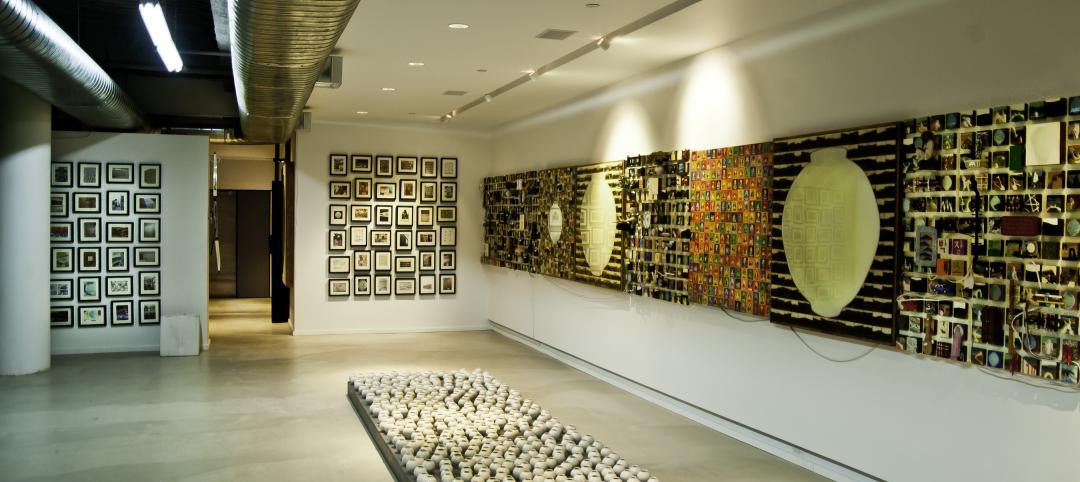The latest produce price index from the U.S. Department of Labor showed that there was a 2% drop in construction input prices during the month of January, marking the six straight month prices failed to rise, the Associated Builders and Contractors reported.
Construction input prices were down 3.6% from the same time last year. Data from the Department of Labor also showed that there was a 2.1% fall from December to January, and a 4.6% decline on a yearly basis for nonresidential construction.
While the produce price index dipped in January, there were other material prices that rose last month and included the following:
- There were only three key construction inputs that did not expand in January.
- Prices for iron and steel dropped 0.6% in January and 6.7% from the same time last year.
- Plumbing fixture prices rose 0.8% in January and 3.9% year-over-year.
- Prices for prepared asphalt, tar roofing, and siding increased by 2.7% on a monthly basis and 4.2% yearly.
- Softwood lumber prices fell 1.5% on a monthly basis and are 0.6% lower than this time last year.
“The decline in oil and petroleum prices finally showed up in the PPI data,” said Associated Builders and Contractors Chief Economist Anirban Basu. “According to the Bureau of Labor Statistics, crude petroleum prices fell 30.6% for the month and 54.8% for the year, but other input categories also experienced downward pressure, include nonferrous wire and cable and softwood lumber.”
Related Stories
| Dec 14, 2011
Belfer Research Building tops out in New York
Hundreds of construction trades people celebrate reaching the top of concrete structure for facility that will accelerate treatments and cures at world-renowned institution.
| Dec 14, 2011
Tyler Junior College and Sika Sarnafil team up to save energy
Tyler Junior College wanted a roofing system that wouldn’t need any attention for a long time.
| Dec 13, 2011
Lutron’s Commercial Experience Center awarded LEED Gold
LEED certification of the Lutron facility was based on a number of green design and construction features that positively impact the project itself and the broader community. These features include: optimization of energy performance through the use of lighting power, lighting controls and HVAC, plus the use of daylight.
| Dec 12, 2011
AIA Chicago announces Skidmore, Owings & Merrill as 2011 Firm of the Year
SOM has been a leader in the research and development of specialized technologies, new processes and innovative ideas, many of which have had a palpable and lasting impact on the design profession and the physical environment.
| Dec 12, 2011
Mojo Stumer takes top honors at AIA Long Island Design Awards
Firm's TriBeCa Loft wins "Archi" for interior design.
| Dec 10, 2011
10 Great Solutions
The editors of Building Design+Construction present 10 “Great Solutions” that highlight innovative technology and products that can be used to address some of the many problems Building Teams face in their day-to-day work. Readers are encouraged to submit entries for Great Solutions; if we use yours, you’ll receive a $25 gift certificate. Look for more Great Solutions in 2012 at: www.bdcnetwork.com/greatsolutions/2012.
| Dec 10, 2011
Energy performance starts at the building envelope
Rainscreen system installed at the west building expansion of the University of Arizona’s Meinel Optical Sciences Center in Tucson, with its folded glass wall and copper-paneled, breathable cladding over precast concrete.
| Dec 10, 2011
Turning Balconies Outside In
Operable glass balcony glazing systems provide solution to increase usable space in residential and commercial structures.
| Dec 10, 2011
BIM tools to make your project easier to manage
Two innovations—program manager Gafcon’s SharePoint360 project management platform and a new BIM “wall creator” add-on developed by ClarkDietrich Building Systems for use with the Revit BIM platform and construction consultant—show how fabricators and owner’s reps are stepping in to fill the gaps between construction and design that can typically be exposed by working with a 3D model.
| Dec 7, 2011
NSF International qualifies first wallcoverings distributor to the New American National Standard for Sustainable Wallcoverings
TRI-KES demonstrates leadership in environmental stewardship as the first distributor to earn qualification.

















